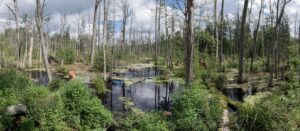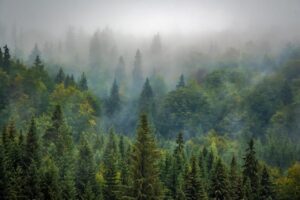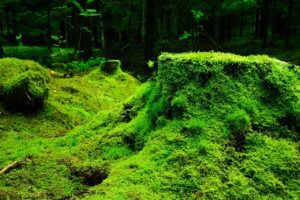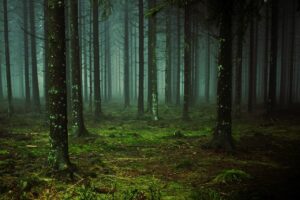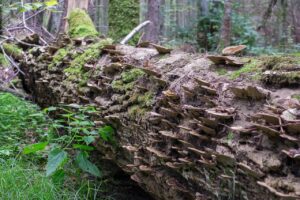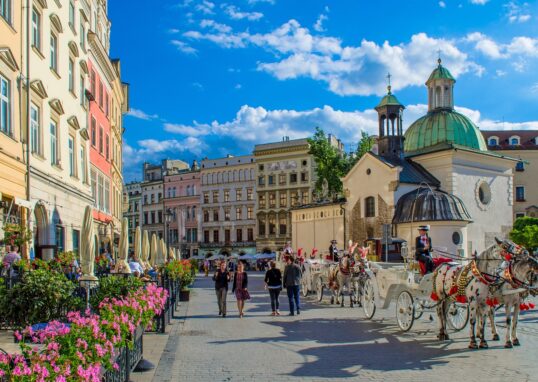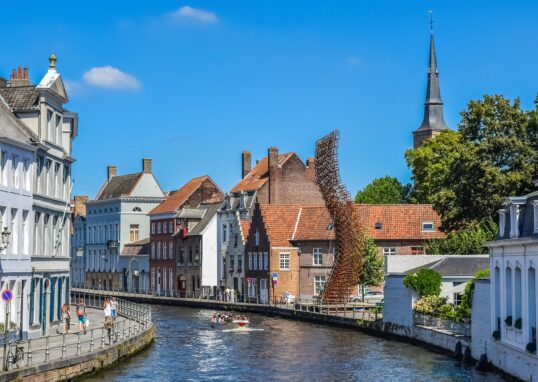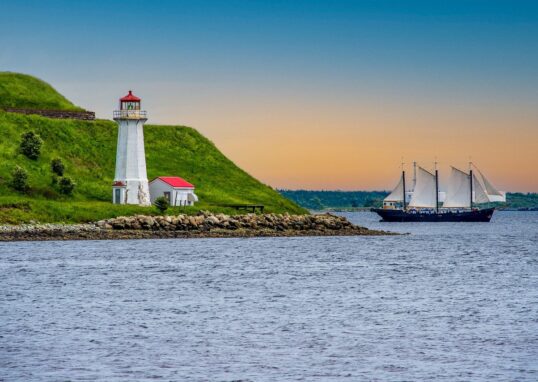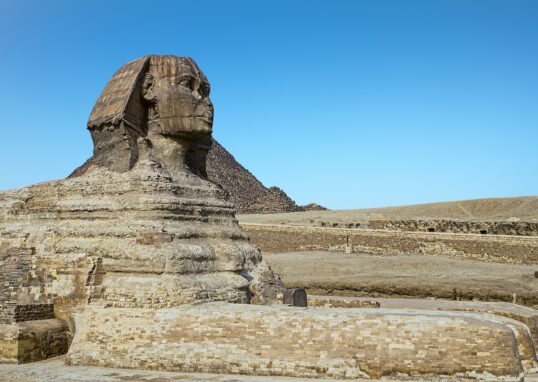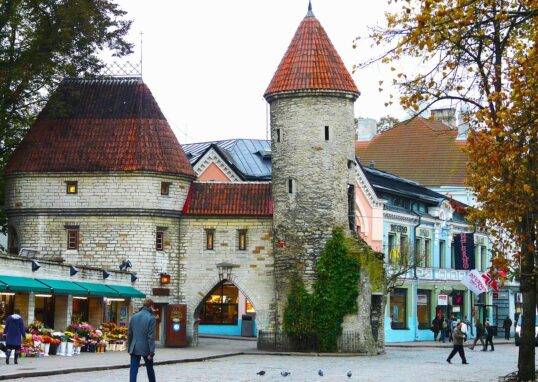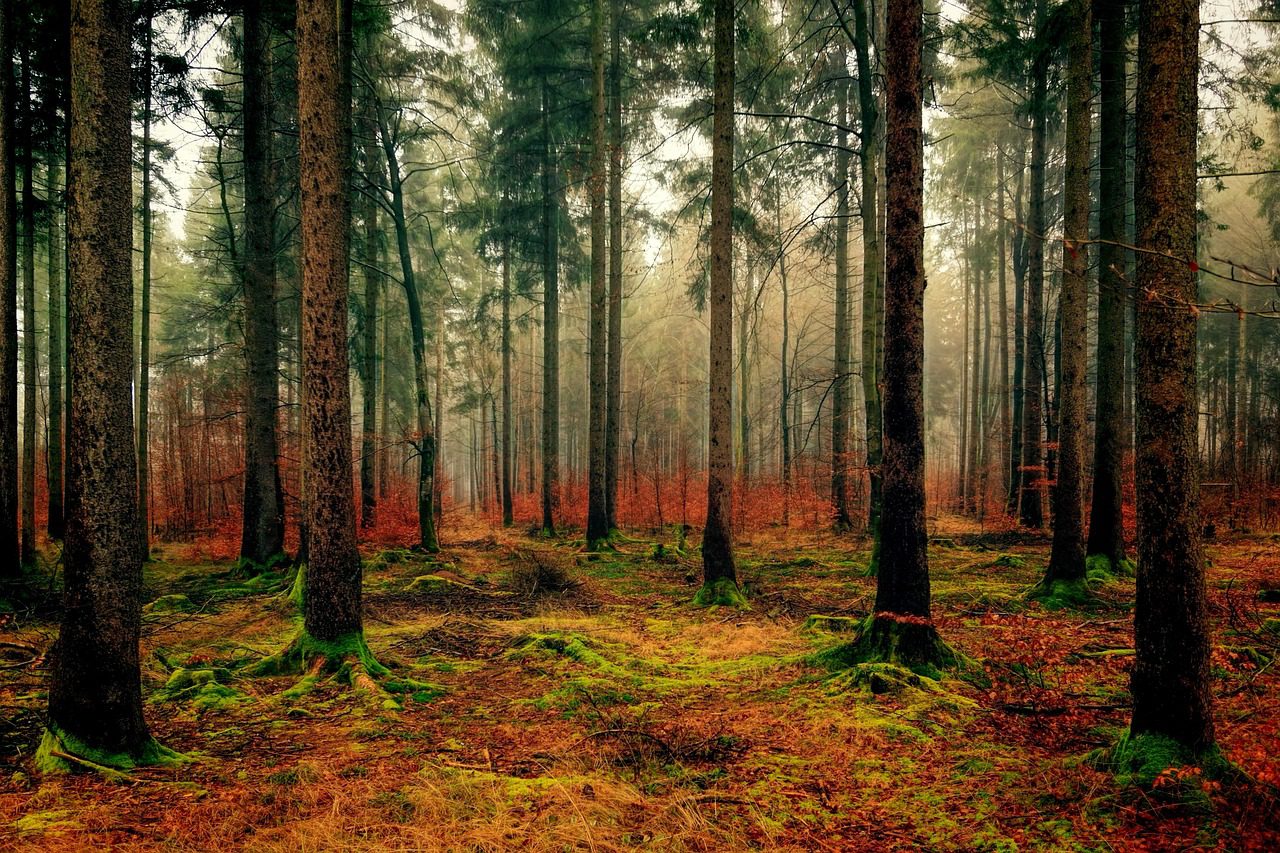
🌳 Białowieża Forest – The Primeval Heart of Europe
One of the most beautiful natural wonders in all of Europe, Białowieża Forest is on the Polish-Belarus border and is one of the last remnants of the ancient primeval forest that once covered much of the European Plain and is still the largest fragment today. This fairy-tale forest is a UNESCO World Heritage Site and a Biosphere Reserve and is renowned for its dense biodiversity, old trees, and distinctive fauna — particularly the European bison, the continent’s largest land animal. It is not a forest; it is a nature living museum. Time seems to move slowly here. Giant oaks, lindens, and pines rise above a moss and fern covered floor, and there are thousands of plant, animal, fungi, and microorganisms species that coexist peacefully together. Let’s uncover the whole beauty, history, biodiversity, and surrounding attractions of Białowieża Forest.
Location and Geography
Białowieża Forest covers over 1,500 square kilometers in eastern Poland and western Belarus. The Polish part is made up of some 600 square kilometers, while the Belarusian part covers over 900 square kilometers. The forest lies about 70 kilometers southeast of the city of Białystok, the capital of Poland’s Podlaskie province. It takes its name from the nearby village of Białowieża, Polish for “White Tower” — a reference to an ancient hunting lodge or keep that stood there once. The forest is rather level, with rolling rivers, marshes, and small meadows breaking up the sea of trees. The Narewka River and Hwoźna River flow through the area, creating wetlands that are habitats for unique amphibians and birds. The region experiences a humid continental climate. Harsh and snowy winters, and warm and lively summers. The climate favors an incredible range of flora and fauna that thrive in the diverse seasons. Today, Białowieża Forest stands as a representative of European natural heritage and peace collaboration between Belarus and Poland.
Historical Background
Białowieża Forest has been around for millennia with a rich and fascinating history. It has remained forested continuously since the Ice Age and is among Europe’s oldest natural forests. During the Middle Ages, it was used as the hunting grounds of the Polish kings and Lithuanian grand dukes. The rulers used to hunt bison, deer, and wild boars in the thick forest. Because of the royal connection, the forest was not deforested for centuries — a factor that made it possible for its survival until the modern era. In the 15th and 16th centuries, there were specific forest guards called “osoczniks” living within Białowieża. Their role was to protect the animals and trees from poachers. In the 19th century, when Poland was divided, the forest was in Russian hands. The Russian tsars also used it as a reserve hunting ground. They built hunting lodges and roads but with respect for the natural beauty of the forest. During World War I and II, the forest was devastated, and all animals, including bison, were nearly wiped out. But post-wars, comprehensive conservation efforts were undertaken to resuscitate the population and protect the forest.
Flora – The Green Kingdom
Forestry in the woodlands of the Białowieża Forest is like stepping into a lush world beyond time. The forests are extremely varied when it comes to trees, shrubs, and vegetation — over 1,000 vascular plants and 250 mosses. The forest includes different types of woodlands:
- Oak-lime-hornbeam forests, which are diverse and aged. Pine and spruce woods, which give the area its evergreen charm. Wet alder forests, which thrive alongside the rivers and marshes.
- Some of the trees have aged over 500 years and have trunks as broad as it would take three people clasped together to go around them. The King of Oaks, a mythical tree in the forest, is over 600 years old and a living tribute to time.
- Spring cover the ground of the forest with anemones, lilies, and orchids that are typical wildflowers. Autumn has mushrooms in various colors amidst falling leaves. Here, the harmony between life, death, and decay is perfect — dead trees are homes for insects, fungi, and saplings.
Fauna – The Wild Residents
The most symbolic animal of Białowieża Forest is the European bison, called żubr in Polish. Europe’s largest land animal, the bison can weigh up to 900 kilograms. The bison used to freely roam across the continent but was almost hunted to extinction in the early 20th century. With successful breeding and reintroduction programs, there are currently an estimated 900 bison that inhabit the forest. Besides the bison, the forest has:
- Deer, roe deer, and wild boars that stroll through the meadows. Elk and wolves that stroll through the deeper areas. Lynxes, the shy and rare wild cats.
- Foxes, badgers, and martens that bring color to the forest at night. Birdlife is also vast. Over 250 species of birds have been recorded, of which there are woodpeckers, owls, eagles, and storks. White-backed woodpecker and three-toed woodpecker, which are rare birds, are often seen here.
- Reptiles and amphibians like frogs, salamanders, and grass snakes are found in the wetlands. The forest is also home to innumerable insects and beetles, most of which are threatened and exclusive to this area in Europe.
Conservation and UNESCO Status
Białowieża Forest is a prime example of nature conservation. In 1932, the Polish side was made a national park — one of Europe’s first. The Białowieża National Park contains some 105 square kilometers of strictly protected forest, where human presence is minimized. It was recognized as a World Heritage Site in 1979 by UNESCO, and later the Belarusian addition to it formed a transboundary protected area. It is also a Biosphere Reserve, which reflects its significance on an international ecological level. Scientists and ecologists from around the world visit to study its unique ecosystem. The forest serves a crucial role in climate regulation and carbon sequestration. However, of late, there have been arguments over logging and forest management. Zero deforestation has been championed by most environmentalists to ensure that the region remains untouched and unspoiled.
Visitor Experience – Things to Do
Forest Walks and Hiking Trails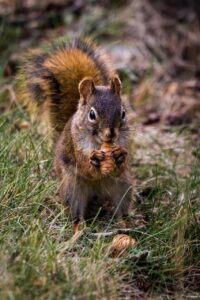
There are a few trails that pass through the forest, ranging from brief strolls to day-long treks. One of the most popular is the Żebra Żubra Trail (“Bison Ribs Trail”) which takes you through fields and forests where bison are regularly seen.
Bison Reserve
Semi-natural enclosures at the Bison Show Reserve near the village of Białowieża allow visitors to see bison, deer, wolves, and lynx safely.
Nature Museum
The Museum within the Białowieża National Park is an excellent exhibit on wildlife, history, and conservation of the forest. There are interactive displays for children and adults as well.
Guided Tours
There are year-round guided tours. Guides who have been trained explain the forest’s ecology, help with animal identification, and recite old legends surrounding the forest.
Birdwatching and Photography
As a birdwatcher’s and photographer’s paradise, with over 250 bird species, Białowieża is at its best in spring and early summer.
Winter Activities
In winter, the forest is a fairyland of snow. There’s cross-country skiing, sleigh rides, or simply the peaceful sight of snow-covered trees and animal tracks.
Wildlife Watching
Białowieża has some of the finest wildlife watching on the continent. The forest is inhabited by thousands of species, many of them endangered or rare.
European Bison Watching
To spot a European bison in the wild is a once-in-a-lifetime event. They are big, yet gentle animals and prefer grazing in meadows early or late in the day. The Bison Show Reserve, 2 kilometers from the village, offers a chance for tourists to observe bison, wolves, lynx, and deer safely under semi-natural conditions. It’s a great start for tourists who may not sight bison in the wilderness. Special wildlife safaris are offered by expert guides, usually early mornings or late afternoons, with scopes and binoculars. They follow animals and help the guests spot not just bison, but also foxes, hares, and even elusive wolves.
Birdwatching Heaven
Over 250 bird species inhabit or visit the forest and are birds’ paradise. The old trees, rivers, and marshes provide perfect nesting grounds. Some of the highlights include:
- White-backed woodpecker, Europe’s most endangered bird. Pygmy owl, Europe’s smallest owl. Cranes and storks during migration seasons.
- Black woodpecker, readily identifiable by its loud drumming. Bird-watching tours and photo walks run throughout the year, especially in spring and early summer when the birds are most active.
Museums and Educational Centers
Białowieża National Park Museum
This modern museum gives a good look at the forest system. It has interactive displays, 3D models, and pictures showing how plants, animals, and human beings connect. Individuals get to see life-sized animal models, ancient hunting gear, and films showing the forest during different seasons. It is a perfect location for school and family groups to learn prior to going out into the wild.
Nature and Forest Museum in Hajnówka
Around 20 kilometers away is the Hajnówka Museum of Forestry and Nature Protection that completes it. It explains how the forest has been preserved over the centuries and how the hunting and logging activities were controlled during the times of the monarchs.
Cultural Heritage and Local Life
Białowieża village itself is picturesque, with wooden houses and bright interior decoration. Local people have a serene way of life near nature. Travellers can accommodate in guesthouses, eco-lodges, or tiny family-owned hotels. There is traditional Polish and Belarusian food everywhere. You can taste pierogi (dumplings), kielbasa (sausage), and honey sweets. Honey, mushrooms, and berries from the local area are particularly tasty. The locals have close spiritual connections with the forest. Local myths and ancient stories refer to forest fairies, ancient hunters, and mythical animals. The cultural association adds to the enchantment and mystique of the location.
Surrounding Places and Attractions
The region surrounding Białowieza Forest is full of natural landscapes, history, and peaceful villages. Exploring neighboring attractions makes the trip worthwhile.
Hajnówka – The Gateway to the Forest
It is located just 20 kilometers from Białowieża and is the “Gateway to the Forest.” Hajnówka is a small but lively town that has plenty of green parks, cafes, and cultural centers. You can visit the Orthodox Church of St. Trinity, which features distinctive architecture and stained glass. The Museum of Forestry and Nature Protection there tells about the history of the forest and its conservation. Every summer, Hajnówka hosts the International Festival of Orthodox Church Music, which attracts choirs from around the globe.
Narewka and Narew Rivers
These picturesque rivers flow along the forest and are perfect for canoeing, kayaking, and fishing. Tiny villages like Narewka are a haven of peace and enable tourists to experience the traditional rural life. Riverbanks are full of wildflowers in the summer, and the sight of trees reflected in water feels like in a fairy tale.
Białystok – Regional Capital
Some 70 kilometers away is Białystok, the largest city in the region and a cultural center. Branicki Palace, or the “Polish Versailles,” is one of the highlights of the city. The gardens, fountains, and statues of the palace are stunning. Busy markets, theaters, and museums are also found within the city. Delights include Polish cuisine, paintings, and crafts.
The Belarusian Side – Belovezhskaya Pushcha National Park
Just across the border, in Belarus, is the Belovezhskaya Pushcha National Park, part of the same forest ecosystem. It also has its own bison breeding station, eco-museum, and cycle trails. One of the better-known attractions here is the Residence of Ded Moroz, Belarusian “Father Frost.” Tourists are attracted to it in winter when the surrounding countryside is converted into a fairy-tale land.
Siemianówka Reservoir
This enormous lake near the woods is ideal for sailing and bird-watching. It’s home to such exotic birds as white-tailed eagles and terns. The serenity of the place is ideal for relaxation after trekking in the woods.
Podlaskie Countryside
The region’s countryside is full of meadows, small farms, and wooden cottages. Guests can stay at agrotourism lodges and experience old Polish hospitality. Walking or cycling through these villages, you get glimpses of storks breeding on roofs, horses grazing in meadows, and villagers making cheese or honey.
Conclusion
It is not a place to go and see — it is an entry into Europe’s natural heritage. Its untamed wilderness, primeval forests, and rare animals make it one of the world’s most valuable ecological treasures. Here, nature’s beat is the same for centuries. The sound of leaves rustling, the sight of grazing bison, and the cool air dense with forest scent make it an experience one will never forget. Surrounded by quaint villages, peaceful rivers, and welcoming locals, Białowieża allows its guests to relive the untamed splendor of nature. It reminds us how beautiful and fragile our world actually is — and why it must be protected for future generations.
